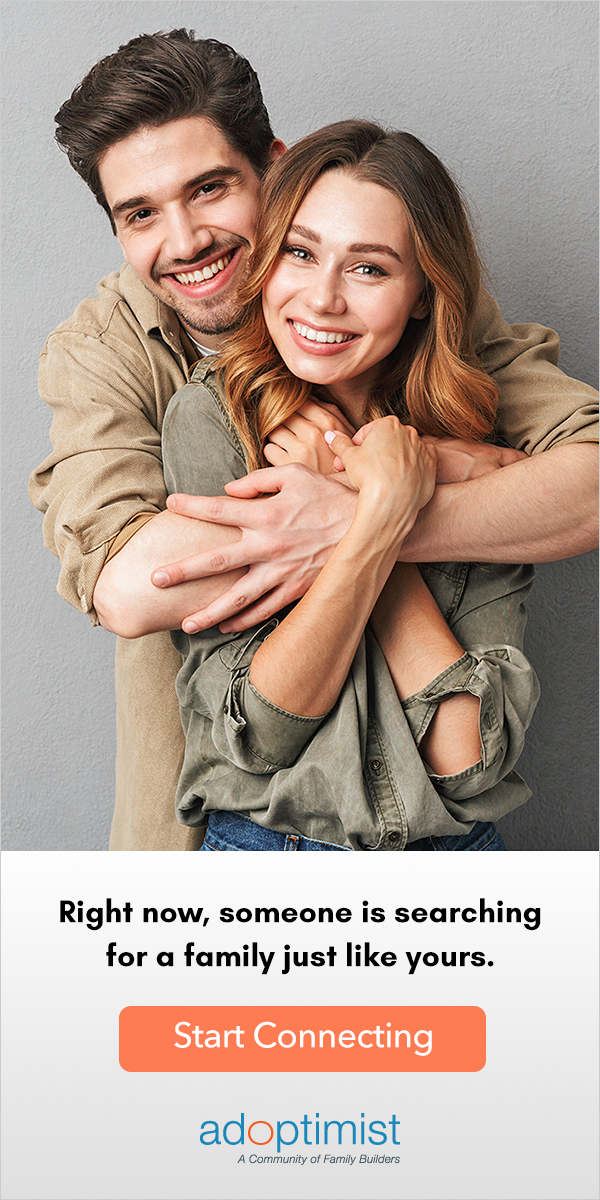Open Adoption

Domestic adoptions can have either an "open" or a "closed" status. Many years ago, almost every adoption in the U.S. was considered closed – where there was no contact between the adoptive parents and the birth parents. Today, closed adoptions are rare in the U.S. because more people and adoption professionals see the benefits of maintaining an open adoption.
What is an open adoption?
An open adoption is where the adoptive family has contact with the birth family to one degree or another. This may be as limited as sending a letter and photos once a year or as involved as having regular visits with the child’s birth family.
A closed adoption is where no identifying information (names, addresses, phone numbers, etc.) is shared between the adoptive family and the birth family.
The words “open adoption” often strike fear in adoptive parents. The most common fears come from not understanding what open adoption really looks like and how it works.
Open adoption is not a type of “co-parenting”. The adoptive parents have complete legal control of how to raise the child, and birth parents do not want to co-parent the child.
A better way to explain open adoption is to say it is a type of adoption in which birth and adoptive families have some form of initial and/or ongoing contact. Communication may happen through letters, phone calls, emails, social media exchanges, or visits.
The type and frequency of contact is agreed upon by the adoptive parents and birth parents. Contact often changes as the child gets older or as family circumstances, needs or wishes change.
For example, a birth mother may want a closed relationship at first, but later could change her mind and ask the adoptive parents for some type of contact. Same could be true for the adoptive parents.
Studies have shown that maintaining some connection to the birth family is best for the child, so most adoption professionals are encouraging some degree of openness in most adoptions.
Research by the Donaldson Adoption Institute on birthparents in closed adoptions suggest a significant number of them struggle with chronic, unresolved grief. The research stated “the primary factor bringing peace of mind is knowledge about their children’s well-being.”
Brenda Romanchik, a birth mother and adoption therapist, said on the Creating a Family radio show, that “many people confuse openness in adoption with open adoption. For a true open adoption to happen, there has to be some degree of relationship. While openness in adoption is mostly meeting contractual obligations.”
There are some situations that are called “semi-open” adoptions, where the two families agree to communicate going forward, however there is no exchange of identifying information. The communication is handled through the agency or attorney and is typically on a first name basis only.
There are also some cases where ongoing contact between the adoptive family and the birth family is not in the best interest of the child. This could be true when a birth parent has mental or behavioral issues that keep them from maintaining a healthy relationship with the child.
While open adoption is relatively new to the adoption community, its potential benefits and rewards are becoming clearer and more accepted. As with all relationships, open adoption may not be easy. There will likely be challenges along the way, but with the right attitude and approach, having openness in adoption can provide a child with a valuable connection with their birth family.
Additional information about open adoption can be found at:
